Buy EU Driving License Experiences
The standard format EU driving license – a credit card-sized card with security features – is accepted throughout the EU. There are a few requirements you must satisfy to be able to get one.
You must live in the country that you hold your driving licence or return to the country regularly.
1. Passing the test
If you hold a valid driver’s license from your home country, you are able to drive in the EU. However, if you’re planning to do a large amount of driving outside of the EU and you’re planning to travel a lot, it could be beneficial to obtain an International Driving Licence (IDL).
The IDL costs around $20 and is valid for a year. It translates your driving licence into various languages, so that road officials can understand it. It also includes health information, including any conditions or diseases which could affect your ability drive safely. It is crucial to carry your IDL with you when you drive in a foreign country.
Before you can take an European driver’s test, you must pass the driving and writing tests. You must also pass a medical exam and prove your fitness to drive. In certain situations you might also need to take a drug and alcohol test.
The success rates for driving tests differ widely. According to Lookers, a car retailer in the UK more than 50 million people have passed the test. The first-time pass rate is at around 49%. It is crucial to prepare yourself for your test. This includes practicing the test route.
To help you pass the test, it’s beneficial to work with a professional driver. Many companies offer driving classes and provide you with a car to take the test in. However, it’s important to choose a qualified instructor who has extensive experience teaching new drivers.
Another tip is to learn the driving rules in the country where you’ll be taking the test. You must be familiar with the driving regulations of specific countries, like France, before taking your test. For instance, you have to wear a seatbelt in the front seat.
In addition to studying the laws of the road, you should also learn about driving techniques in the EU. For instance, you should be familiar with the three-point turn and reverse round a corner. You should also practice parking your car in a garage and follow the directions on your satellite navigation.
2. Driving in an unfamiliar country
It is important to know the local driving regulations and rules when driving in a foreign country. Different countries have different road signs, rules and speed limits. To avoid legal issues and Kaufen FüHrerschein ensure your safety, it is essential to be aware of the differences prior to driving a foreign land. Consult a local prior to you start driving if you aren’t sure about the rules.
In the EU there are many different kinds of driving licences. Some driving licences are plastic cards that have the use of a microchip or specific security features. Others are paper licenses that need to be renewed every 10 to 15 years. Furthermore, some countries require drivers to undergo a medical examination prior to obtaining their licences.
If your driving license is valid in the country in which you reside, you may use it within the EU. To be able to qualify as a resident, you must be in the country for a minimum of 185 days each year because of professional or personal ties. This rule does not apply in the case of a student who is studying abroad. study.
To drive in other EU countries, you’ll need an International Driver’s License. This document is issued by the government of your home country. It is a translation from your driving license into the language of the country in which you plan to drive. Some countries also require that you pass a written and road test before you are able to be issued an IDL.
It is essential to be aware of the driving regulations in the countries you’ll be visiting prior to arriving. It is a good idea also to learn the signs and signals for roads in the country you are visiting because they might differ from yours. It is also important to know that several countries operate on a different side of the road to their own.
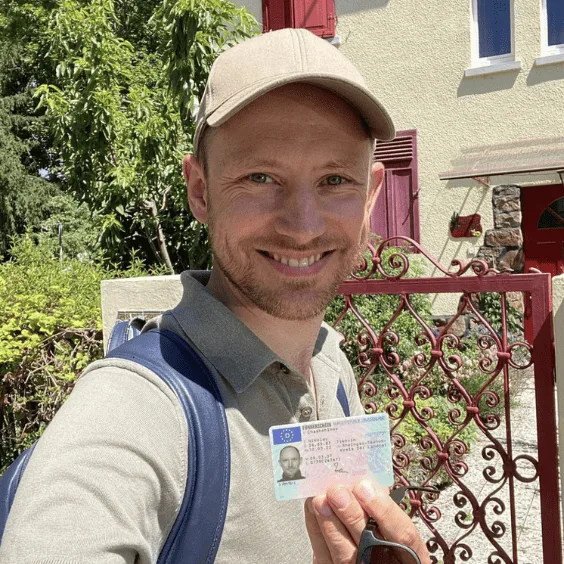 In the UK you drive on the right side of the road while in France you drive on the left. Additionally to that, several European countries have different rules regarding crossing other vehicles and roads. It is best to practice driving in a parking lot or similar space prior to driving in the streets of a foreign country.
In the UK you drive on the right side of the road while in France you drive on the left. Additionally to that, several European countries have different rules regarding crossing other vehicles and roads. It is best to practice driving in a parking lot or similar space prior to driving in the streets of a foreign country.
3. Cars that are brand new
Driving in Europe is an thrilling experience. However, it’s essential to know what you are doing before you start the vehicle. No matter if you’re an experienced driver or just a novice there are a variety of rules that must be followed to ensure safe driving. It is also crucial to understand the distinctions between driving in the US and Europe. This will help you avoid unintended consequences.
In most countries, drivers have to be at least 18 years old before they are able to obtain their license. Some countries also require compulsory training hours and führerschein kaufen Ohne vorkasse rigorous examinations for theory, whereas other have graduated licensing programs that permit drivers to gain experience slowly. These systems can make roads safer for everyone, and ensure that new drivers have the ability to deal with a variety of traffic situations.
 In addition to the age and safety regulations, some countries require a medical check before granting a driver’s licence. This is particularly true for bus or lorry drivers, who must be in good health to operate their vehicles. These checks are time-consuming and costly, but they are necessary to ensure the safety of drivers on the road.
In addition to the age and safety regulations, some countries require a medical check before granting a driver’s licence. This is particularly true for bus or lorry drivers, who must be in good health to operate their vehicles. These checks are time-consuming and costly, but they are necessary to ensure the safety of drivers on the road.
EU citizens are allowed to drive in other countries using their valid driving licence. Non-EU citizens, however, might require an International Driving Licence in order to drive in certain countries.
The EU driving licence is a single document that is similar to credit cards. It includes a photo and information about its holder. It has special security features and führerschein kaufen ohne prüfung deutschland fuhrerschein kaufen (Menwiki.Men) is accessible to all EU countries in 2013. It replaced the 110 different licence models made of paper and plastic that were used by the EEA at the time. The licence will also have an area for the EEA member state to add notes that are crucial to managing the licence, or related to road safety.
4. Driving in a different city
If you are an EU citizen, you are able to drive in a different city without taking the driving test again. However, you must be at least 18 years old and have a valid driver’s license to be able to drive. In addition, you need to take a medical test to determine if you’re qualified to drive. Certain countries also require drivers to attend driving classes before they are able to take the road test.
Driving tests in Europe tend to be a little more rigorous than in the United States. For instance, European testing agencies require drivers to complete mandatory training and pass a written theory test. They also have a more traditional practical driving test. These requirements ensure that drivers are able to manage a variety of traffic situations and are safer on the road.
Additionally in addition, a few European countries have graduated licensing programs that allow new drivers to gain experience before they can earn full driving privileges. This program can reduce the risk of accidents and improve road safety for both new drivers as well as experienced ones. In the United States, many states have graduated licensing programs that are similar to the one in Canada, but are more difficult to obtain due to the minimum age requirement and driving experience requirement.
For US citizens who want to drive in Europe it is best to get an international driving licence before heading to another country. Some EU countries will not accept a US license and it’s essential to be aware of the laws of each country prior to driving there. Some European countries allow you to drive on foreign licenses for 90 days.
The single European driving licence was introduced in 2006 replacing the various models of driving licences. The new licence is a credit card-like document that has security features. It is valid in all 27 EU member states and in the EFTA countries of Iceland, Liechtenstein, and Norway. The licence also comes with an embedded microchip that holds information about the person who holds the licence, which is vital in the event of fraud. The licence is issued by the member state in which a person has regular residence or in the country in which a person has work or personal ties.

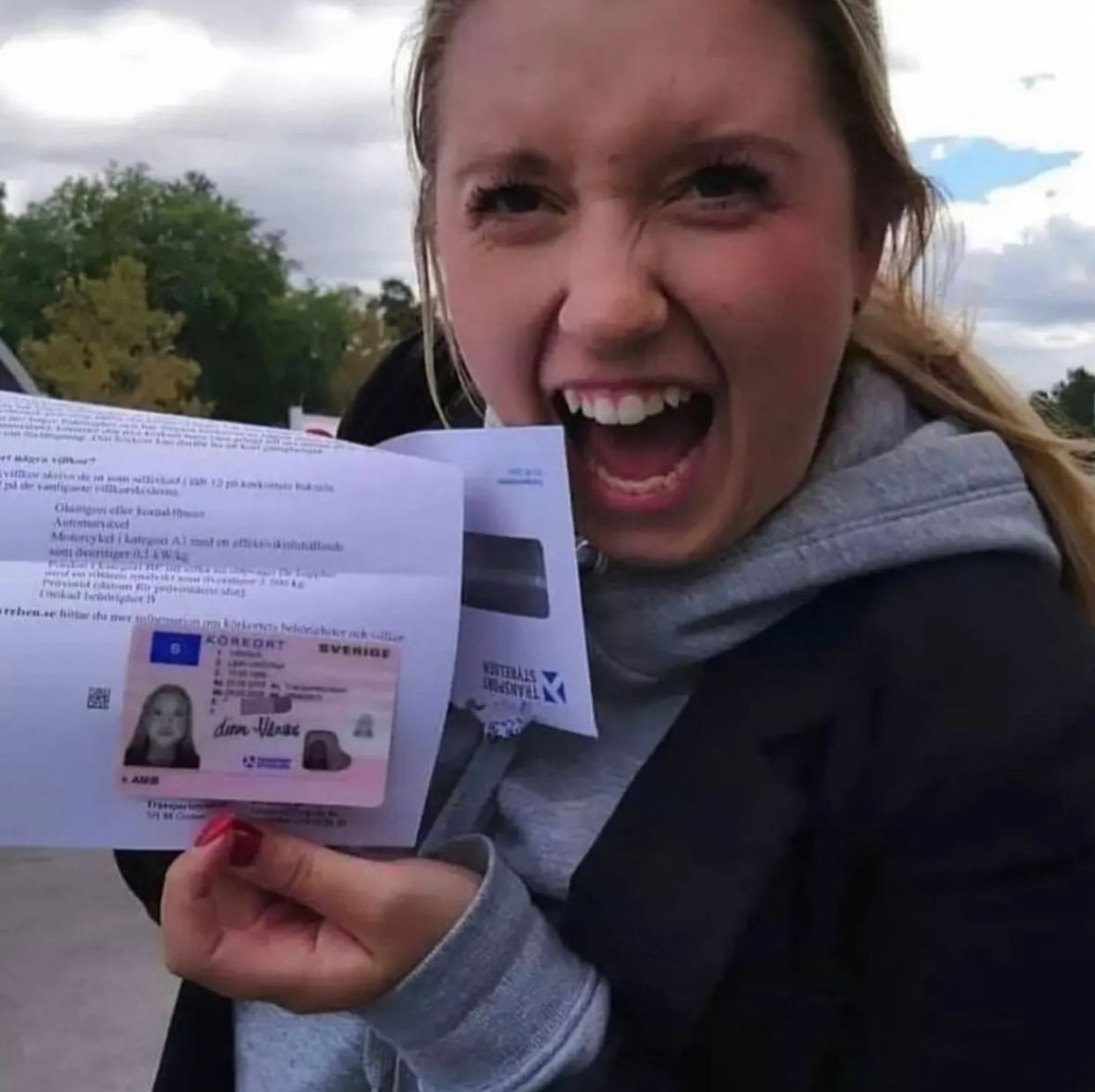 To renew your license
To renew your license 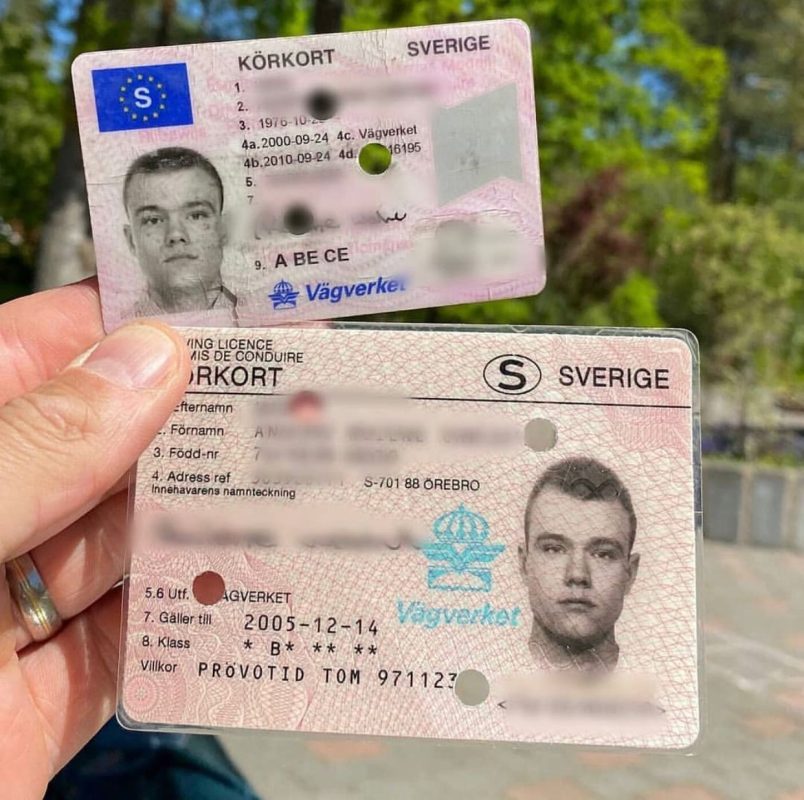
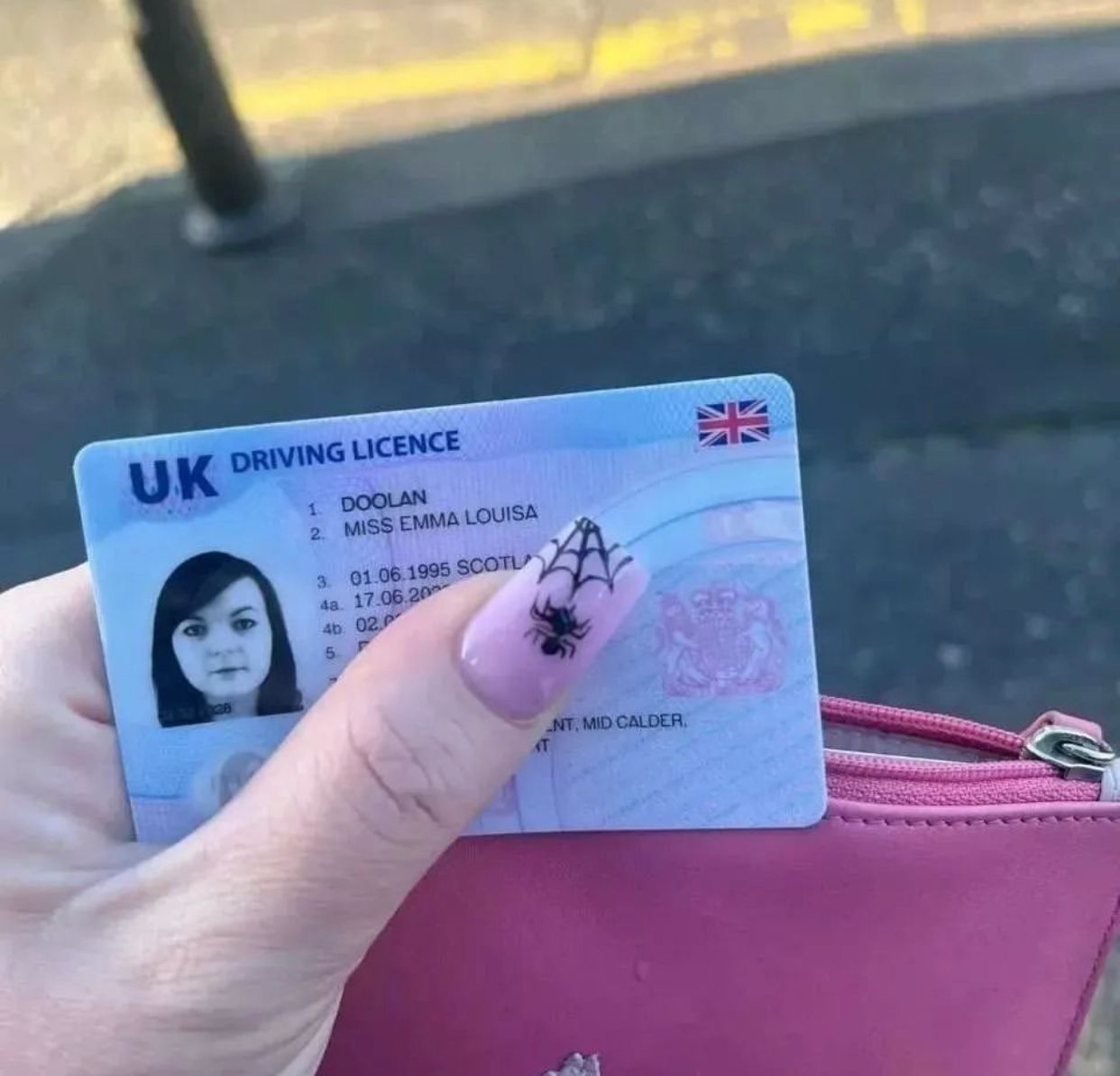 In case of a mishap, you will need to offer your driving licence as evidence of recognition. The licence will also have a photograph, which should be clearly noticeable. The image needs to be a passport-style picture and have been taken within the previous 12 months. You will likewise need to divulge any medical conditions. If you’re a worldwide student, you must verify that your licence from your home nation is exchangeable for a UK licence before you take a trip to the United Kingdom.
In case of a mishap, you will need to offer your driving licence as evidence of recognition. The licence will also have a photograph, which should be clearly noticeable. The image needs to be a passport-style picture and have been taken within the previous 12 months. You will likewise need to divulge any medical conditions. If you’re a worldwide student, you must verify that your licence from your home nation is exchangeable for a UK licence before you take a trip to the United Kingdom.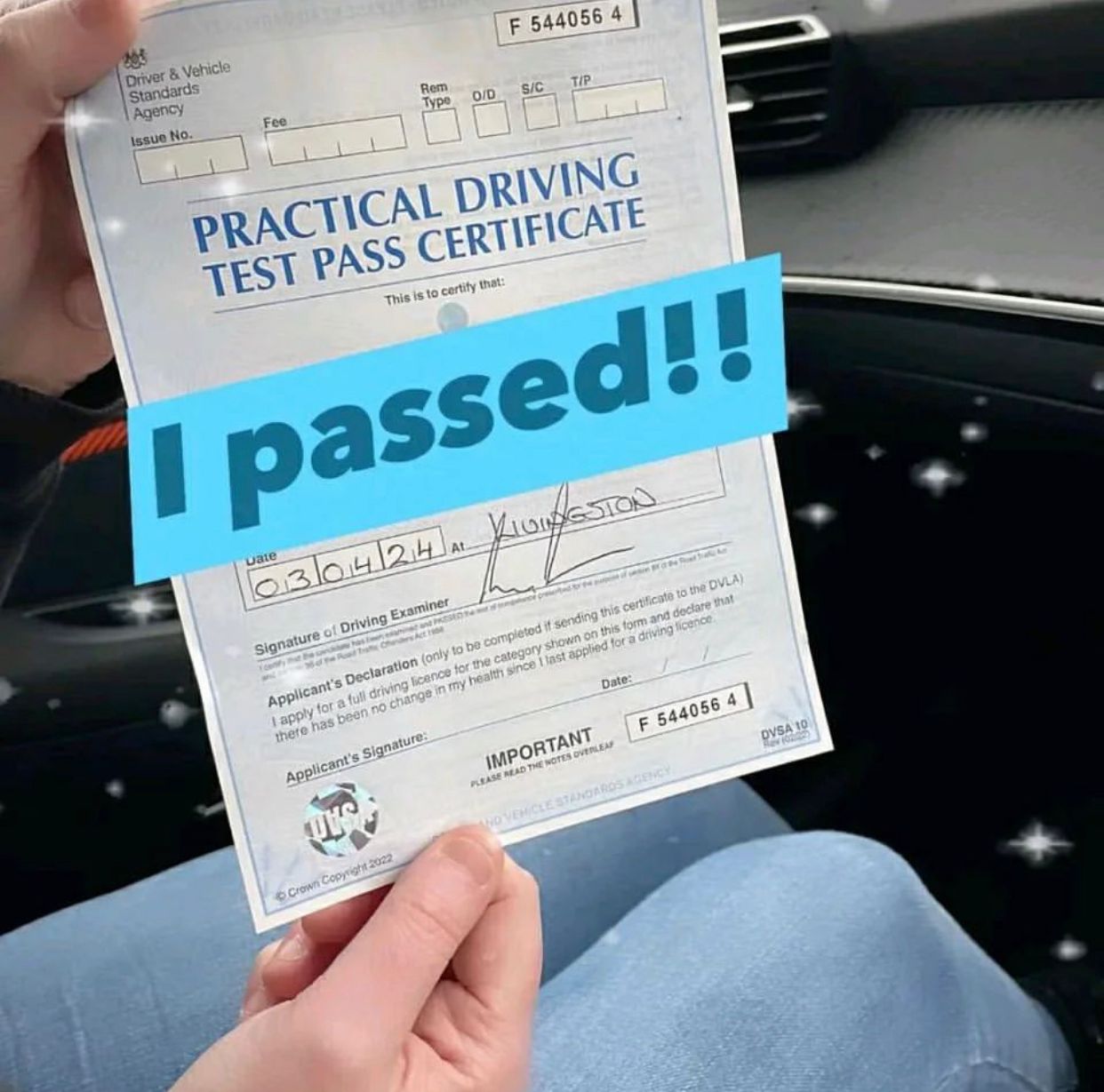
 Licences are valid for ten years and require to be renewed every 10 years. The renewal costs PS14-17 depending on how you renew it and is free for people aged 70 and over. In addition, UK residents should offer a physician’s medical report and an optometrist’s report if they wish to continue driving. If you fail to restore your licence, you might be fined approximately PS1,000.
Licences are valid for ten years and require to be renewed every 10 years. The renewal costs PS14-17 depending on how you renew it and is free for people aged 70 and over. In addition, UK residents should offer a physician’s medical report and an optometrist’s report if they wish to continue driving. If you fail to restore your licence, you might be fined approximately PS1,000.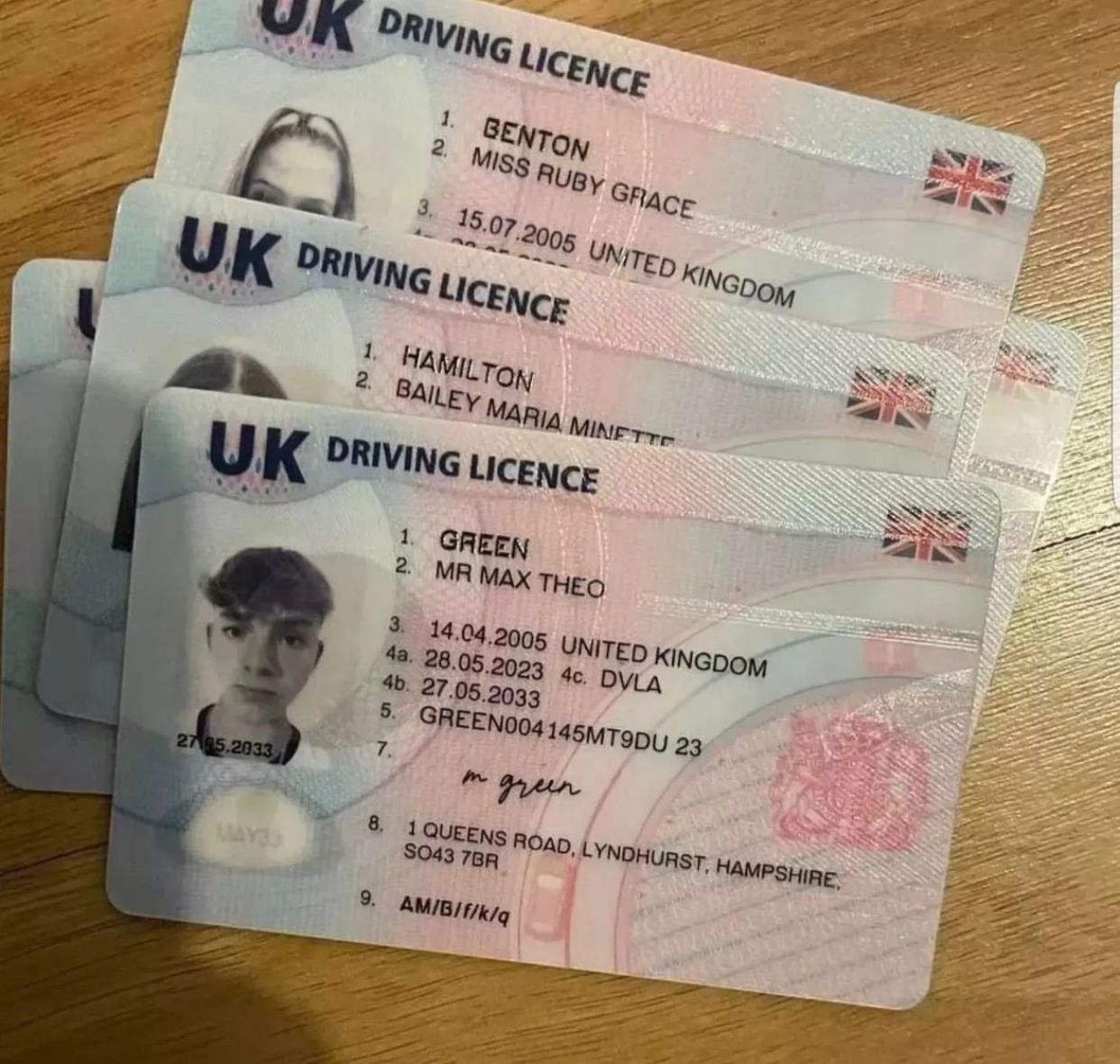 If you live in the UK and desire to get a full driving licence, it’s crucial to take both your theory and practical tests. You can get ready for these by studying online, checking out books, and even taking driving classes with an approved trainer. Getting a full licence is a big accomplishment and will provide you the flexibility to take a trip where you want, when you desire.
If you live in the UK and desire to get a full driving licence, it’s crucial to take both your theory and practical tests. You can get ready for these by studying online, checking out books, and even taking driving classes with an approved trainer. Getting a full licence is a big accomplishment and will provide you the flexibility to take a trip where you want, when you desire.